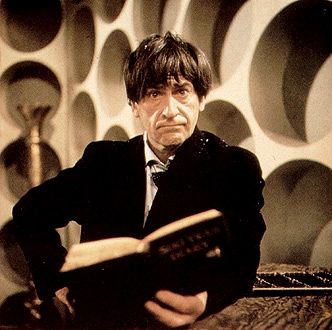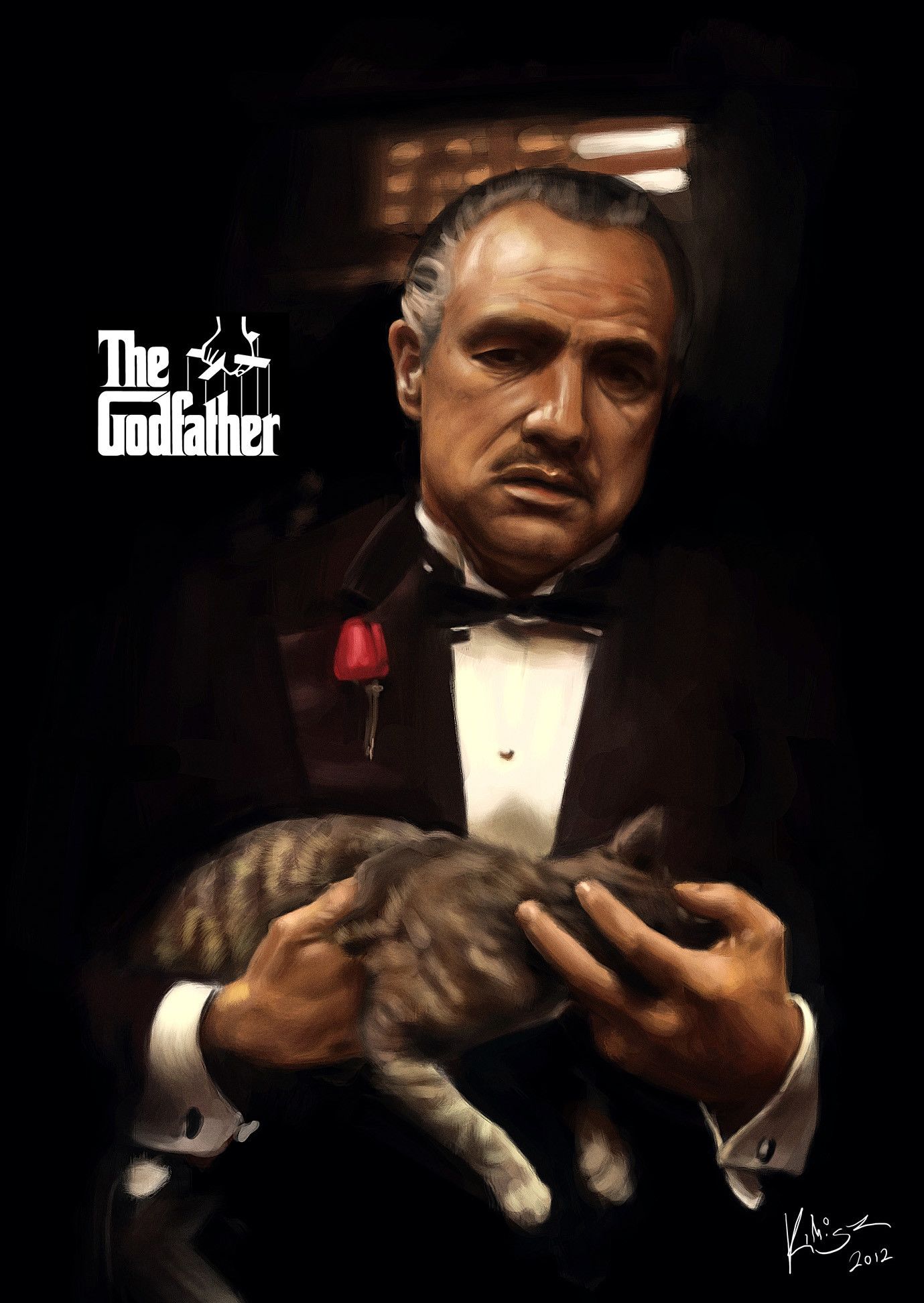Solutions to our miniscule TV attention spans
By Frank Evans

Just bear with it. If a scene in a TV show seems slow or dull, please don’t skip past it. Doing this only robs you of the full intended experience.
Sometimes scenes are slow for a reason. A lengthy, languorous scene might be lulling you into a false sense of security before an explosion of violence, a heart-breaking revelation, or a perfectly timed joke. If you use Netflix’s skip-button, fast forward a DVD, or just walk out of the room for a minute (all have the same effect) you aren’t watching the show as it was intended to be seen. You are effectively re-editing the show to suit you. This is something that you should consider doing only after you’ve already seen the episode in question.

Imagine forwarding on Walter White’s confrontation with Tuco Salamanca in Breaking Bad and missing the explosion of fulminated mercury; or skipping forward while Catelyn Stark chatted casually with Roose Bolton - missing the heart-stopping first few moments of Game of Thrones’ infamous Red Wedding, or wanting to skip ahead in Russell T Davies' instant classic It’s A Sin and never quite finding out what Roscoe did to Margaret Thatcher’s coffee.
Skipping ahead changes the nature, tone and atmosphere of a show irreparably. The pacing of an episode of great TV is carefully decided by its production team, writer, actors and director: changing it gives you a different show.

The question is, how can you stop skipping? Firstly, if a show is really boring you, turn it off. This is less of an insult than skipping.
However, if you like a show and want to carry on with it, you need to acclimatise yourself to slower pacing. The way to do this is a good old-fashioned method: exposure therapy. Watch a tonne of old shows, old films and old media in general. This is the way that your parents seem to have no problem with slow pacing and why your dad probably says that Marvel movies are too quick and zippy for him. Look for late 20th century TV dramas with good reviews like Our Friends in the North and Twin Peaks. These obviously aren’t that old, but they’re a good first step for acclimatisation.
I owe a lot of my pacing toleration to one show in particular: Doctor Who. The 1960s episodes starring Patrick Troughton as the titular time lord are some of the best TV ever made, but when I first watched them I was jolted out of my comfort zone by their relaxed pacing and long takes. This was a blessing in disguise. When you are forced to watch slow media (preferably with your phone in a padlocked iron trunk) you have a fundamentally different experience to the foot sellotaped to the pedal of a Bugatti Veyron style pacing found in most modern TV. It’s kind of like eating a refined platter of seafood rather than a big bag of quavers. You take your time and appreciate every last morsel of detail.
In a truly good show with slow pacing, the music, atmosphere and every subtle detail of the actors’ faces washes over you and seeps deep into your mind. You get a much better understanding of a scene and a more beneficial, enriching experience as a viewer.

If Doctor Who, Twin Peaks or Our Friends in the North doesn’t do it for you, you could watch long films from the 1970s as though they were TV miniseries. The exquisite beauty of Stanley Kubrick’s 3-hour long Barry Lyndon and the incendiary family drama of The Godfather can make for nice improvised TV viewing.
In order to better appreciate a slower pace, there are some tricks to bear in mind: what is the visual storytelling (the mis-en-scène) of an episode telling you? Is one character shown to be standing above another? Are two people being blocked from seeing each other by a significant item in the room, or a separate character? How does the body language of the principal actors in a scene change as a conversation goes on?
Look at the manner of speech too. Think about pitch, tone and volume. Actors put these subtleties into scenes in order to spell out their meaning to an audience. Look at a scene’s colour palette, the actor’s outfits, and crucially: if one line in particular seems a bit strange or out of place, it could be very important. One of the most satisfying experiences you can have with any show is solving a clever mystery before the characters do.
With a diet of older media and this essential list of elements to watch out for, hopefully you can resist the devilish temptation to self-edit by skipping!

